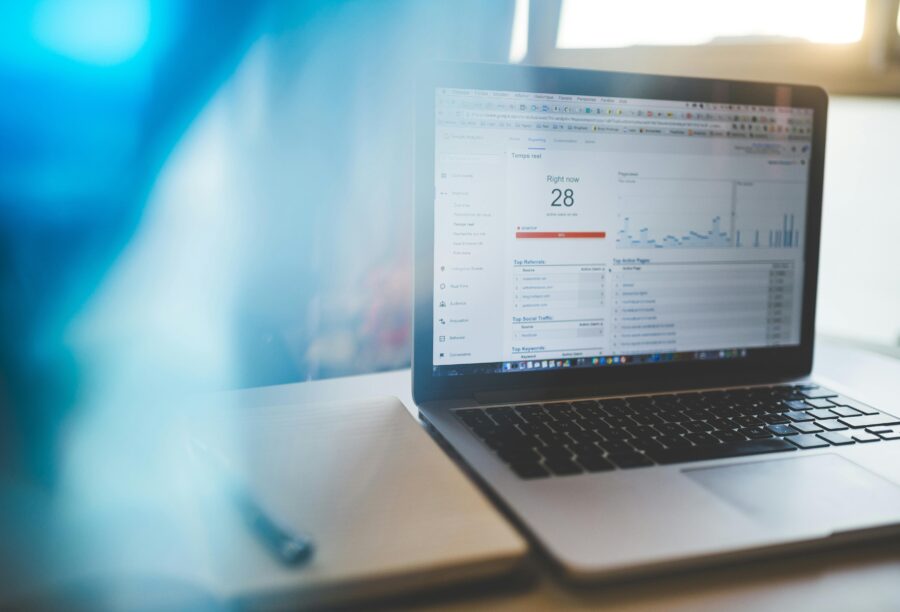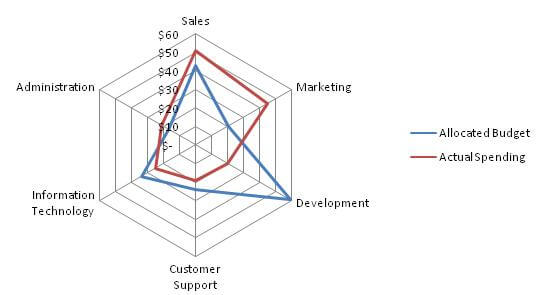
Estimated reading time: 6 minutes
Understanding how users interact with your website is crucial for success. Heatmaps and analytics are two popular tools for tracking this behavior, offering unique insights. Heatmaps visually represent user actions like clicks and scrolls, while analytics platforms provide detailed data on bounce rates, session duration, and conversion paths. But with so many tracking tools available, deciding which to rely on can be overwhelming. So, regarding heatmaps Vs. analytics, which one should you trust?
Related Links
What Are Heatmaps And Analytics?
Heatmaps and analytics are two essential tools for tracking website user behavior, offering different insights. Heatmaps are visual representations that highlight where users click, scroll, or hover, using color-coded areas to indicate engagement. On the other hand, analytics platforms, like Google Analytics, provide a detailed breakdown of user metrics such as traffic sources, session duration, and conversion rates.
While heatmaps give you an immediate visual of how users interact with specific elements, analytics help you understand broader patterns and trends. These tools can help businesses optimize the customer journey, improving site layout, performance, and overall user experience.
The Power Of Visuals: How Heatmaps Help Track User Behavior
Heatmaps are powerful tools that visually display how users interact with your website, making it easy to track behavior. They use color-coded zones—ranging from red (high engagement) to blue (low engagement)—to show where users click, scroll, or hover on a page. This immediate visual feedback helps identify which elements grab attention and which areas are overlooked.
Businesses can quickly spot problem areas and optimize page layouts or CTAs by seeing user activity at a glance. Heatmaps allow you to create a data-driven design that is tailored to user behavior, ensuring more effective and intuitive web pages. Their simplicity makes them an ideal tool for improving user experience without needing to sift through complex data.
The Depth Of Data: Analytics For Comprehensive Insights
Analytics platforms deeply dive into user behavior by offering comprehensive data across various metrics. With analytics, you can track important insights such as traffic sources, session duration, user demographics, and conversion rates. This approach helps you understand how visitors interact with your entire site. Unlike heatmaps, which focus on visual representation, analytics offer a more detailed, data-driven view of the user journey, making it easier to uncover patterns over time.
From tracking the performance of individual pages to analyzing long-term trends, analytics give you a broad understanding of your site’s strengths and weaknesses. When comparing heatmaps Vs. analytics, analytics excel in providing the bigger picture, making them essential for businesses looking to monitor overall website performance.
Advantages Of Heatmaps For Visually Tracking User Behavior And Clicks
Heatmaps offer a straightforward and powerful way to track user behavior. They visually display how visitors interact with specific elements on your website. While traditional analytics provide essential metrics like bounce rates and session durations, the benefits of using heatmaps include a visual representation of where users are clicking and engaging, giving businesses deeper insights into website performance.
Heatmaps highlight high- and low-engagement areas with color coding, making it easy to see which parts of a page are most effective. This visual feedback allows businesses to quickly identify underperforming sections, such as ignored CTAs or hard-to-find links, and make adjustments to improve user experience. With heatmaps, you can refine your page layout, button placements, and overall design without diving into complex data sets. That makes them ideal for quick optimization.
Advantages Of Analytics: Uncovering Patterns Over Time
Analytics platforms are essential for gaining long-term insights into user behavior and site performance. They allow you to track a wide range of metrics, from user demographics and traffic sources to page views and conversion rates. One of the key advantages of analytics is the ability to identify trends and patterns over time, helping businesses make data-driven decisions.
With analytics, you can segment users by behavior, location, and device and track their journey across the site. These tools also provide access to different types of SEO data, helping businesses optimize content, improve rankings, and attract targeted traffic for sustainable growth.
Limitations Of Heatmaps: Too Focused Or Not Enough Data?
While heatmaps are excellent for visualizing user behavior, they have limitations. One of the main drawbacks is that they provide a focused snapshot of user actions without offering deeper context. For example, heatmaps show where users click but don’t explain why users are drawn to certain areas or how they arrived there.
Heatmaps also lack detailed demographic information, such as age or location, and don’t track broader user trends over time. In addition, they may not be as effective for mobile users, where interactions like scrolling and gestures are more varied. This narrow focus can sometimes lead to incomplete conclusions without supplemental data from other tools.
Limitations Of Analytics: Too Much Data To Handle?
While analytics platforms offer a wealth of information, they can easily overwhelm users with too much data. For businesses without dedicated data experts, interpreting metrics like bounce rates, traffic sources, and conversions can be challenging. Setting goals, event tracking, and funnels often requires technical expertise, making analytics less accessible for smaller teams.
Additionally, the sheer volume of data can make it hard to focus on actionable insights, leading to analysis paralysis. Unlike heatmaps, which provide immediate visual feedback, analytics demand time and effort to sift through complex reports. This complexity might become a barrier to quick, effective decision-making for some.
Heatmaps Vs. Analytics: How To Choose The Right Tool For Your Business
Your choice should depend on your business goals and the depth of insights you need. If you’re looking for quick, visual feedback on user interactions, heatmaps are ideal for optimizing specific page elements, like button placements and CTAs.
On the other hand, if you need to track user behavior across your entire site, measure SEO performance, or analyze long-term trends, analytics provides a more comprehensive view. For smaller businesses with limited resources, heatmaps offer an easier starting point. However, combining both tools can deliver a fuller understanding. It allows your business to balance in-depth data with actionable, visual insights for growth.
A Balanced Approach For Better Results
Both heatmaps and analytics offer valuable insights into user behavior, but they serve different purposes. When choosing between heatmaps vs. analytics, the best approach often involves using both. Together, they provide a complete picture, helping you make data-driven decisions to enhance user experience and performance.
Contact Matchbox Design Group Today!
If your website could use a refresh or you’re looking to drive more traffic to your site, fill out the form below and we’ll contact you to learn more about your digital needs.

